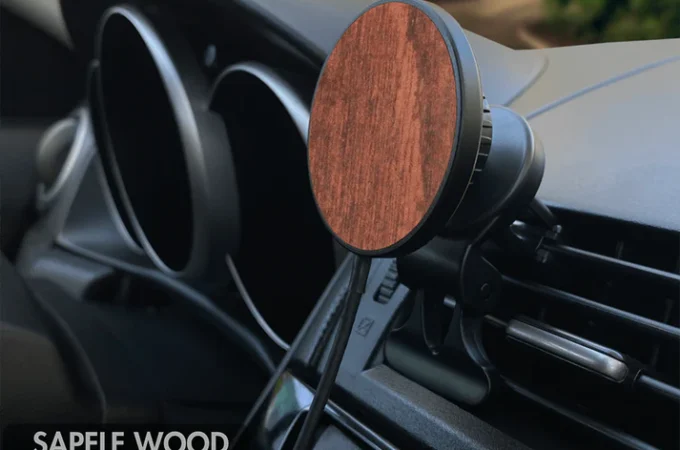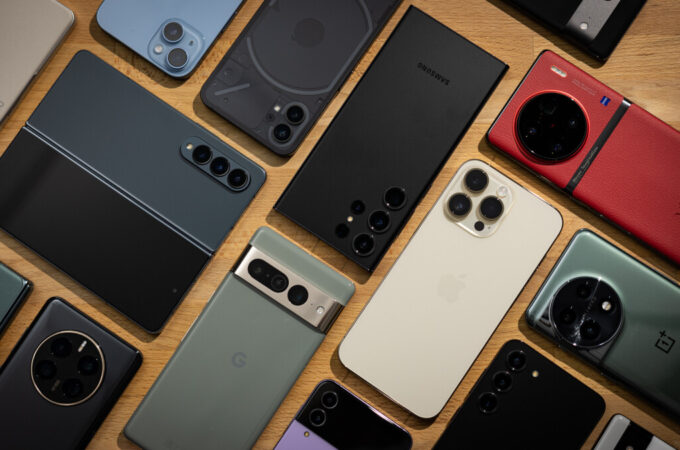
New and High Tech Ways to Secure Your Property
Perpetrators are constantly evolving their techniques and behaviours. And for countering this, security providers are always coming up with new ways and technologies to beat them at their own game. In this article I will discuss 4 new and high-tech ways how you can improve your home security. For additional information in regards to home security please click here.
1. Smart Locks
Securing your property always starts with the locks. In this modern age of rapidly evolving electronics, it’s no wonder that they managed to get into this industry as well. A smart lock is an electronic lock that, unlike a traditional lock, interacts with the world nearby via a wireless or bluetooth connection and not a key. Smart locks can be locked and unlocked,with either a fob, RFID, chip and pin or the traditional magstripe card system. Or by an app you can install on your phone. The latter can dramatically offer increased convenience when compared to traditional locks but more on this later. Now let’s examine the advantages of the Smart Lock.
Advantages
- Higher degree of Security: Smart locks are more secure than traditional locks because, in almost all cases, the normal way of bypassing them is obsolete. It can no longer be picked, bumped or snapped.
- Keyless: Misplaced the key, no problem. As Smart locks are keyless or can be opened in a variety of ways you will no longer need to worry about losing the keys and constantly getting new keys cut. Consider them as having 2 or 3 keys for the same lock, be it either of one of some combinations like PIN based, phone based, card based.
- Can boost internal security: Smart locks can be installed on any of your doors in the house, programmed with different codes, and even create a cluster with each other to communicate and potentially having different profiles during the day, evening and night. This enables you to control who has access to certain rooms of your house throughout the day. For instance, you could restrict access to your bedroom or keep your garage and back garden off limits to the kids until you come home. Or if the front door is opened with a certain code, the back door, garage door can automatically be opened. And during the night they all could automatically lock up, providing you peace of mind.
- Convenience: Smart locks make it easier for you to control who has access to your home. Some smart locks enable you to give temporary keys to people which last a predetermined amount of time or allow you to lock and unlock your door remotely and even picking what locks to be functional or not, this makes smart locks much more convenient than traditional locks.
Smart locks tend to be more convenient and secure over their traditional counterparts, however like all new technology they do come with a price, the disadvantages can be seen below.

Disadvantages
- Cost: The cost of traditional locks can range from £20 to £600 depending on the security level but usually sit in the range of between £30-100. While the cheapest and most dull of the smart lock start from around £200. Smart locks are relatively new products and as with most new products, they come with a premium cost.
- Vulnerability to hackers: Smart locks can eliminate the need for traditional keys and thus eliminate the traditional manner to break a lock like bumping, picking, lock snapping. However, this introduces new ways of breaking in, a tech savvy guy can gain access by hacking into the lock directly or by gaining access to your network, basically gaining access to your personal network and everything connected to it. To overcome this threat you must invest also in a medium to high security digital solution like a firewall, be careful who you share your network details with, enable guest mode, not to provide less trustworthy visitors access to the main network, be sure all your network appliances are up to date and not leaking sensitive information to any untrusted devices, and the provider has a long term and open standard commitment to the gadgets you have.
- Reliance On Gadgets: The majority of smart locks are operated using apps on your phone or wearables such as fobs etc. So if let’s say your gadgets batteries were to die, or worse, it gets damaged or lost and you’re the only one with access, this means you have basically lost the only way in your home and will require the services of a locksmith to replace the locks which will work out to be quite expensive when compared to a traditional lock. This is why the recommendation is to have at least 2 ways in. So a fob and an app on your phone for example.
- Batteries and Electricity: Smart locks need electricity and this electricity comes mostly from a battery within the lock. Eventually, if the battery is not rechargeable, it will die out. And if it dies while the lock is closed, you are out of luck, you will be locked out, meaning, yes you got it you will have to call out a locksmith yet again. Ensure you pay attention to the levels of your battery and replace it before it is needed, usually if the battery goes to 10 – 15 % of the rated capacity, it’s time to change it.
2. Smart Doorbells
A Smart Doorbell is basically a traditional doorbell with a few tricks up its sleeve, that may include a camera, two-way audio and probably a motion sensor. Smart doorbells will be connected to your internal network, usually via bluetooth or wifi, and can be accessed either locally on your network, or remotely via a personal vpn or an app allowing you to view the camera and speak to whoever is at your door either directly or from your device if you`re out. All these enhancements can have a big effect on your properties security. Smart doorbells can enhance your security by;
Staying Safe – Smart Doorbells allow you to see and communicate with whoever is at your door, this especially helps when an unexpected visitor pays a visit to your home. In addition to denying access the smart doorbell can record everything so in case something happens everything will be on camera.
Keep an eye on things when you’re away– Most smart doorbells are equipped with a motion sensor which automatically turns on the camera and will alert you when the camera has detected movement, so wherever you are you’ll always be able to see who is at your door.

3. CCTV
Closed Circuit television also known for short as CCTV has come on leaps and bounds in the last 5-10 years. No longer do you have to worry about blurry images or taping over old film. Not only has the quality of CCTV increased substantially but the costs have decreased exponentially. Many CCTV systems have the option to be operated remotely and can operate wirelessly on batteries and connect to your internal network. In addition to this, the footage can be stored either offline, on your own NAS storage, or can be sent to third party data storage providers, however the latter usually does require a monthly or annual subscription for the service and the rented storage. Modern CCTV connects to your internal network and a specially designed app on your smartphone is capable of streaming live images to your device of choice, no matter where you are in the world requiring just a stable internet connection, allowing you to keep an eye on things wherever you are. CCTV not only acts as a deterrent but if a crime were to occur, everything will be caught on camera aiding the police in identifying the perpetrator and used in a court of law to prosecute.
4. Motion Sensor Lighting
Lighting plays a huge role in home security. Criminals like shady dark areas as it hides their activities. If you take the darkness away, you will reduce your chances of being burgled. Place lights near any accessible windows and doors. We highly recommend purchasing LED motion sensor lighting as this will not disturb your neighbours or yourself at night but will illuminate the activity of anyone who comes too close to your property during the night. Furthermore, LED lights consume notable less electricity compared to their halogen alternatives, helping you save money on your energy bills.




